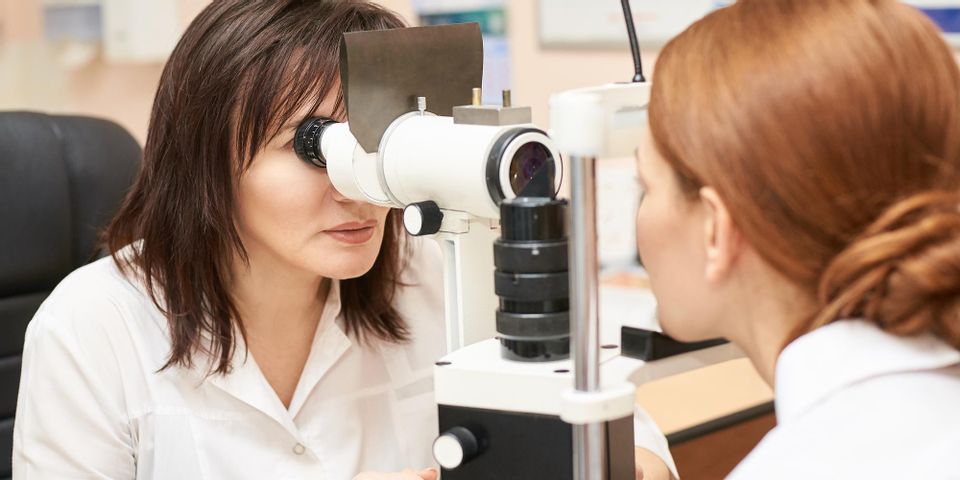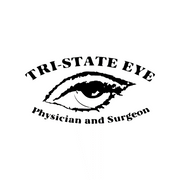
The retina is a thin layer of nerves lining the back of the eye. It converts light into neural signals that it sends to the brain to create images. Like other parts of the body, it’s susceptible to a variety of issues. Here are three of the most common retinal diseases and conditions.
What Are the Most Common Retinal Diseases & Conditions?
1. Macular Degeneration
This age-related condition affects up to 11 million people in the United States, particularly those over age 60. Most patients with macular degeneration have the “dry” version, which causes small white or yellowish deposits to form on the retina. Others have the “wet” version, in which abnormal blood vessels grow beneath the retina. Both types cause the center of the retina to deteriorate, creating symptoms like blurred vision, the distortion of straight lines, sensitivity to glare, and trouble focusing on fine details. People with dry macular degeneration can slow the disease’s progression by taking vitamins recommended by their eye doctor or by practicing low vision rehabilitation techniques. Treatment options for wet macular degeneration include laser therapy, which can destroy the abnormal blood vessels, and anti-angiogenic drugs, which prevent new abnormal blood vessels from forming.
2. Diabetic Retinopathy 
People with diabetes may suffer from diabetic retinopathy, especially if their blood sugar is not well-controlled. The condition occurs when the capillaries (tiny blood vessels) in the back of the eye leak fluid into the retina, causing it to swell. The swelling often causes blurry or distorted vision and can lead to blindness. In general, patients can manage mild cases of diabetic retinopathy by controlling their blood sugar, though they should also regularly see their eye doctors to ensure the disease does not progress. More advanced cases of the disease typically require treatment, such as photocoagulation, which prevents or reduces the leakage of fluid into the eye.
3. Retinal Detachment
Retinal detachment happens when the retina pulls away from the layer of blood vessels that gives it nutrients and oxygen. It can occur when inflammation, injury, or vascular abnormalities allow fluid to accumulate beneath the retina. Common symptoms include floaters (spots a patient sees that resemble gray or black strings or specks), blurred vision, flashes of light, and a gray curtain in the field of vision. Patients face a greater risk of the condition if they’re extremely nearsighted, had cataract surgery, have a genetic predisposition, had an eye injury, or have other eye disorders. The condition can cause permanent vision loss when not promptly treated by an eye doctor, typically with surgery.
To keep your retina healthy and your vision strong, turn to the team at Tri-State Eye. With locations in Middletown, NY and Milford, PA, these trusted eye doctors have more than 25 years of experience treating a wide variety of eye diseases and conditions. Learn more about their comprehensive services online. Schedule an appointment by calling (845) 703-2020 for the Middletown office or (570) 296-9696 for the Milford office.
About the Business
Have a question? Ask the experts!
Send your question

